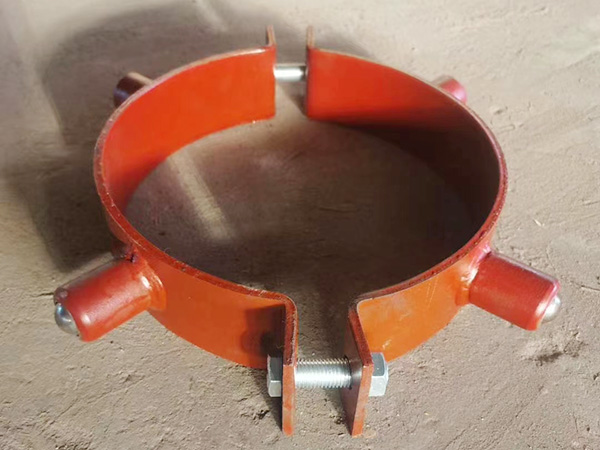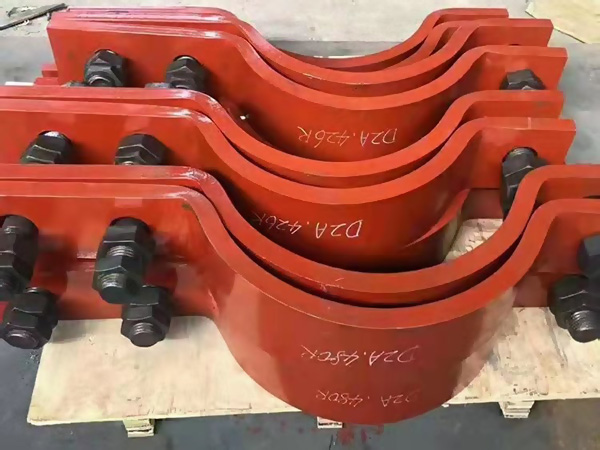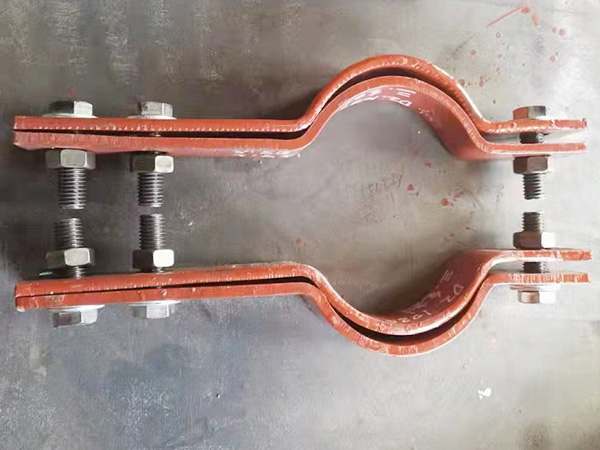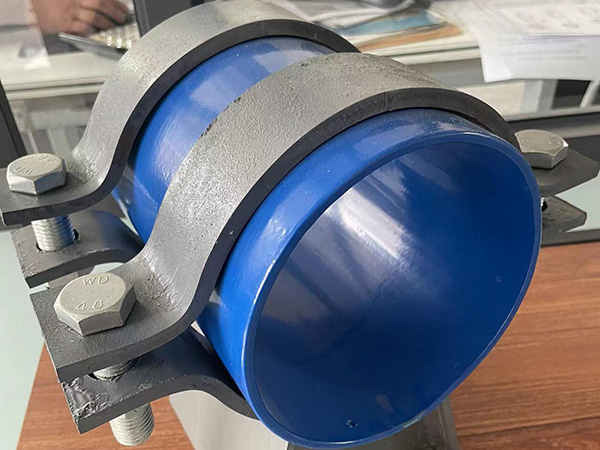Full analysis of elbow manufacturing process
Author:Mingde Time:2025-04-28 17:49:54 Click:146
1. Introduction
Pipe elbows are essential components in piping systems, allowing the change of direction for fluid or gas flow with minimal pressure drop. Their design and manufacturing must ensure structural integrity, leak-proof performance, and durability under various operational conditions. The manufacturing process of pipe elbows involves a series of carefully controlled steps—from material selection to final finishing—each critical in achieving the desired properties.
2. Material Selection and Design Considerations
Materials:
Elbows can be produced from a variety of metals such as carbon steel, alloy steel, stainless steel, and sometimes even cast iron for specific applications.
Carbon Steel: Widely used in general industrial applications due to its strength, affordability, and ease of fabrication.
Alloy and Stainless Steel: Chosen when corrosion resistance, high-temperature performance, or specialized mechanical properties are required.
Design Elements:
The geometry of an elbow (e.g., 90°, 45°) and the wall thickness depend on the operating pressure, temperature, and flow conditions. Engineers use simulation tools and stress analysis models to determine the optimal dimensions and angles. Additionally, standards such as ASME, API, and DIN guide the design requirements for dimensions, pressure ratings, and material properties.
3. Manufacturing Methods
There are several manufacturing methods for producing pipe elbows. The method chosen is generally determined by the elbow’s size, material, and required tolerances.
3.1. Hot Forging
Process Overview:
Hot forging involves heating a billet (a solid block of metal) to a temperature above its recrystallization point and then shaping it using dies and presses.
Application:
This method is common for producing high-strength elbows with complex curves and is widely used in the oil and gas and power generation industries.
Advantages:
Produces components with a refined grain structure and improved mechanical properties.
Offers significant cost savings in high-volume production.
Considerations:
Temperature control is critical to ensure uniformity and to prevent defects such as cracks or distortions.
3.2. Cold Forming
Process Overview:
In cold forming, the metal is deformed at or near room temperature using presses or rollers. This method is often used for smaller elbows or for components requiring a high surface finish and precise dimensions.
Application:
Suitable for lower-pressure applications where the enhanced work-hardening of the material is an advantage.
Advantages:
Produces a smoother surface finish.
Enhances material strength due to work hardening.
Considerations:
The process is more energy-intensive and may require additional heat treatment if the forming results in excessive hardening that makes the material brittle.
3.3. Machining
Process Overview:
Machining techniques, such as turning, milling, and drilling, are used to achieve the final dimensions and surface finish of the elbow. CNC machines are often employed for high precision.
Application:
This step is common when high tolerances are needed, particularly in fittings for high-pressure applications.
Advantages:
Offers precise control over dimensions.
Allows for the creation of complex profiles and internal finishing.
Considerations:
Machining can result in material waste and requires additional finishing to remove any surface defects or machining marks.
3.4. Welding and Joining
Process Overview:
Some elbow designs consist of multiple pieces that must be joined together using welding techniques like butt-welding, TIG welding, or MIG welding.
Application:
Multi-component elbows are often designed for very high-pressure or specialized applications where a single-piece forging is impractical.
Advantages:
Enables customization and repair of large or complex elbows.
Facilitates joining dissimilar materials.
Considerations:
Requires strict quality control, as weld integrity directly affects the component’s performance. Post-weld heat treatment may be necessary to relieve residual stresses.
4. Quality Control and Testing
Ensuring the quality and performance of pipe elbows is paramount. The following tests and inspection methods are typically employed:
Non-Destructive Testing (NDT):
Techniques such as ultrasonic testing (UT), radiography (RT), and magnetic particle testing (MT) are used to detect internal and surface flaws.
Dimensional Inspection:
Precision measuring instruments verify that the elbow meets all dimensional tolerances and geometric requirements.
Pressure Testing:
Hydrostatic tests are performed to ensure that the elbow can withstand the operating pressures without leaks or failure.
Material Analysis:
Chemical composition analysis and mechanical testing (e.g., tensile, impact) confirm that the materials meet the required specifications and standards.
5. Finishing and Surface Treatment
After shaping and testing, elbows undergo finishing processes to enhance performance and durability:
Machining and Polishing:
Removal of burrs, machining marks, or irregularities on internal and external surfaces to ensure smooth flow and aesthetics.
Surface Coatings:
Application of coatings or paint can provide additional corrosion resistance and extend the life of the elbow, especially in harsh environments.
Heat Treatment:
Processes like annealing or quenching may be employed to relieve stress, improve ductility, or harden the surface, depending on the application requirements.
6. Packaging and Shipping
Final products are carefully packaged to protect them from damage or contamination during shipping. Detailed documentation, including material certificates, inspection reports, and compliance with international standards, accompanies the shipment.
7. Conclusion
The manufacturing process of pipe elbows is a sophisticated blend of material science, engineering design, and precision fabrication techniques. From the initial selection of high-quality metals and rigorous design analysis through forging, forming, machining, welding, and finishing, every step plays a crucial role in producing a reliable, robust component. Quality control and testing are integral to ensuring that each elbow meets stringent industry standards, providing confidence in its performance in high-pressure, high-temperature, or corrosive environments.
This complete analysis highlights how every stage—from conceptual design to final delivery—contributes to the creation of pipe elbows that are essential for maintaining the integrity and efficiency of modern piping systems.
 Hot Products
Hot Products
 Contact Us
Contact Us
Contact:
Mobile:+86 +86 19133378808
Website:mingdepipe.com
Address:










